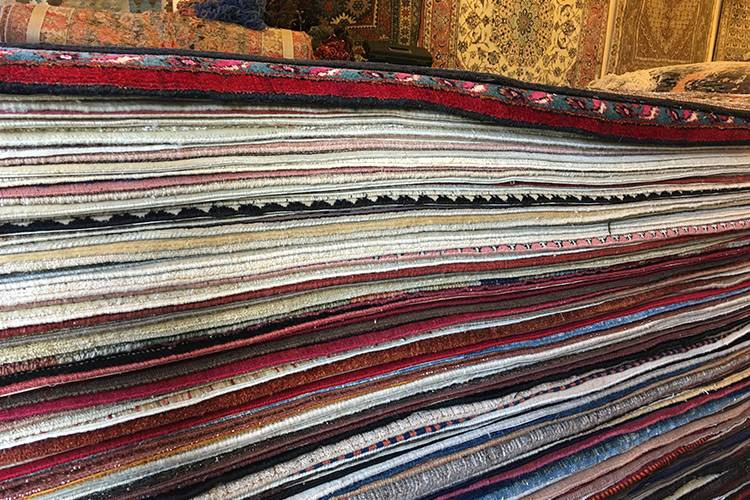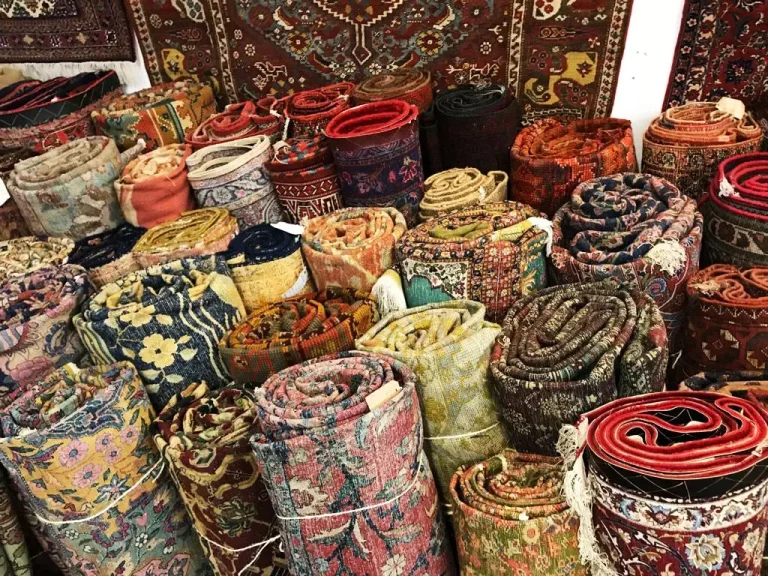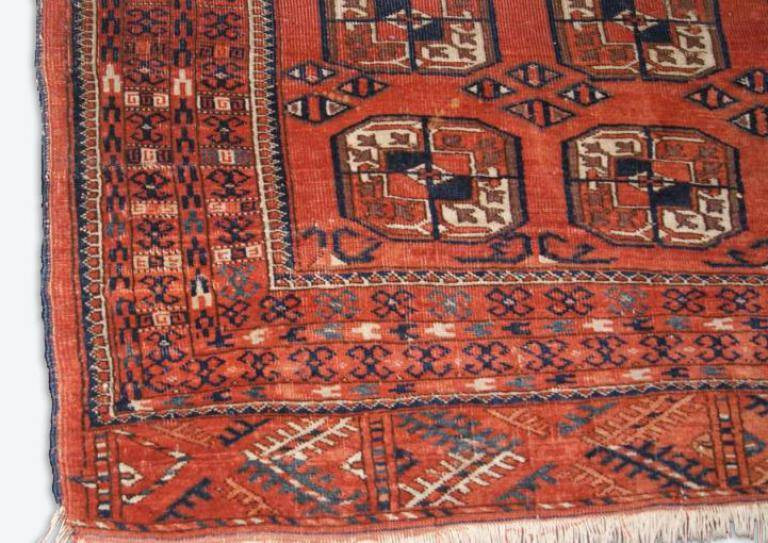In the mountainous regions of Afghanistan, a centuries-old tradition is perpetuated through the hands of skilled artisans, resulting in the creation of exquisite Afghan rugs. These masterpieces of woven artistry encapsulate the rich cultural heritage and timeless craftsmanship of the Afghan people. Each rug tells a story, reflecting the land, history, and the artistic sensibilities of its creators. Let us embark on a journey to explore the unique beauty and cultural significance of Afghan rugs.
- The Origins of Afghan Rugs:
The origins of Afghan rugs can be traced back thousands of years. The art of rug weaving in Afghanistan has been nurtured by a diverse array of influences, including Persian, Turkic, and Central Asian traditions. As trade routes crisscrossed the region, the exchange of ideas and designs shaped the distinctive Afghan rug style, characterized by its bold geometric patterns, vibrant colours, and superior craftsmanship.
- Traditional Techniques and Materials:
Afghan rugs are primarily hand-knotted or hand-woven, a labour-intensive process that requires meticulous attention to detail. Skilled artisans, often working in small villages, spend months or even years weaving a single rug. They employ a variety of techniques, including the use of a vertical loom, to create intricate patterns and motifs.
Wool is the primary material used in Afghan rugs, sourced from the sheep that graze on the high-altitude pastures of the region. This locally-sourced wool is renowned for its durability and softness. Some rugs also incorporate silk, cotton, or camel hair to add texture and visual interest.
- Designs and Symbolism:
Afghan rugs feature an array of captivating designs and motifs that hold deep cultural and symbolic meanings. Traditional geometric patterns, such as the octagon-shaped “Gul,” symbolize protection against evil spirits, while the repetitive “Eagle” motif represents strength and bravery. Floral motifs, inspired by the bountiful Afghan landscapes, are also popular, depicting stylized flowers and vines.
- Natural Dyes and Colors:
Afghan rugs owe their vibrant hues to the use of natural dyes, a practice deeply rooted in the Afghan rug-making tradition. Artisans extract dyes from local plants, roots, and minerals, ensuring an organic colour palette that ranges from rich reds and deep blues to earthy browns and soft yellows. The natural dyes not only create visually stunning rugs but also contribute to their longevity and resistance to fading.
- Economic and Cultural Significance:
The production of Afghan rugs plays a vital role in the Afghan economy, providing employment opportunities for countless artisans, particularly women. Rug weaving is not only a means of income but also a way to preserve cultural heritage and pass down ancestral skills through generations.
Furthermore, Afghan rugs have gained international recognition for their exceptional craftsmanship and unique designs. They are highly sought after by collectors and interior designers around the world, adorning elegant homes and adding a touch of cultural authenticity to any space.
Afghan rugs stand as a testament to the timeless artistry and unwavering dedication of Afghan weavers. These exquisite creations capture the essence of Afghanistan’s history, culture, and natural beauty, while also serving as economic lifelines for communities involved in their production. With their intricate designs, vibrant colours, and unparalleled quality, Afghan rugs continue to captivate art enthusiasts and rug aficionados worldwide, carrying forward the legacy of a rich and ancient tradition.




